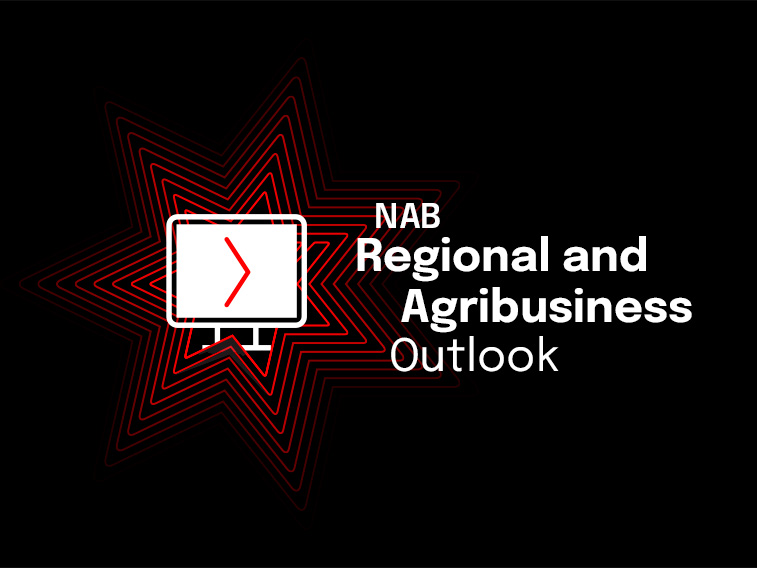The latest NAB Regional & Agribusiness webinar provides insights on the Australian & Global Economies, and a regional and rural property update. Watch the webinar here.

Webinar
Corporate or consolidated practices. The two trends having the biggest impact on younger GPs.

Andrew Graham, Head of Southern Region, Medfin Finance at NAB, has gone to the same suburban, two-GP practice all his life. But he predicts his children and grandchildren are unlikely to do the same.
“The old-school way of doing things was that GPs would start their own practice or buy an existing one early in their careers,” Graham says. “RACGP data, however, indicates fewer than half of GPs now aspire to own a practice and that younger and female GPs are disproportionately unlikely to do so.”
Among the reasons for this are changing demographics and increasing demand – by both men and women – for better work-life balance, something employee or contractor roles can be better able to deliver than the more traditional model of practice ownership.
What next for the corporate chains?
After 15 years with Medfin, the specialist business within NAB that provides finance to health care professionals, Graham has an intimate knowledge of what’s happening at the coalface. He says that, while the corporate organisations are increasingly important, they’re certainly not the only option for GPs.
He points out that the ‘Big Three’ corporates manage only about five per cent of Australia’s GP practices and employ just 15 per cent of its GPs. He argues the following developments should see those figures rise, but probably not dramatically:
Consolidation comes to the fore
The noteworthy change in the sector in recent years has been the rise of the mid-sized ‘consolidated’ practice, which sees a handful of GPs co-located with other health care professionals.
These practices allow for some of the same economies of scale enjoyed by the corporate chains, while at the same time offering their owners passive income streams; for example, the revenue generated by employed GPs and the rent paid by co-located health care professionals.
“Sometimes a single GP owns a consolidated practice or, more rarely, several consolidated practices. But consolidated practices are more frequently owned by two or more GPs,” Graham says.
The shape of things to come
How might this be reflected in future career paths? The current trend suggests many GPs will spend several years working for either a consolidated practice or a corporate operator.
“Some GPs will be happy to remain well-remunerated employees,” Graham says. “A few will have ambitions to create a substantial health care company. Many will want to buy a share in a consolidated practice or, where it’s possible, a corporate.
“I’d imagine lots of Gen Y GPs will eventually decide they want the financial rewards that come with having a stake in a practice – even if that means taking on debt, as well as the burdens of owning a business.”
Money matters
Medfin has provided finance to health care professionals for the past quarter century. “It was one of the first specialist health-finance providers and it’s one of the biggest,” Graham says, noting that many of the loans he facilitates involve GPs borrowing to buy into an established consolidated practice.
“GPs are in the fortunate position of being able to access capital to buy, or buy into, business a lot more easily than those in most other professions,” he adds, explaining that, following successful due diligence, Medfin can often lend a GP 100 per cent of the buy-in price without requiring any collateral.
Important information
Medfin Australia Pty Ltd ABN 89 070 811 148, Australian Credit Licence 391697 is a wholly owned subsidiary of NAB and part of the NAB Health specialist business. Medfin is not an authorised deposit-taking institution for the purposes of the Banking Act 1959 (Cth). The obligations of Medfin do not represent deposits or other liabilities of NAB. NAB does not guarantee or otherwise support the obligations of Medfin.
© National Australia Bank Limited. ABN 12 004 044 937 AFSL and Australian Credit Licence 230686.